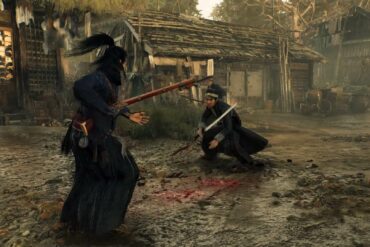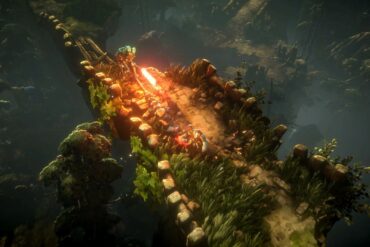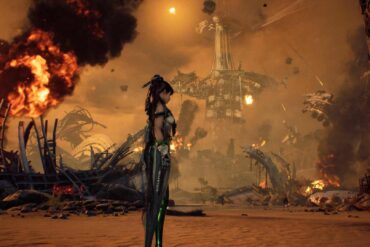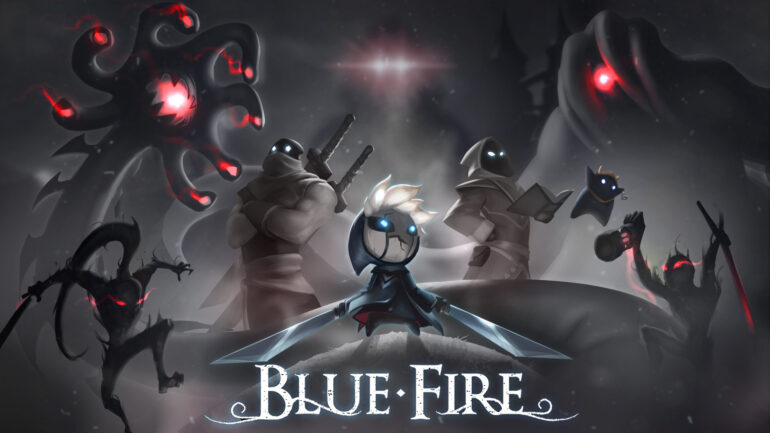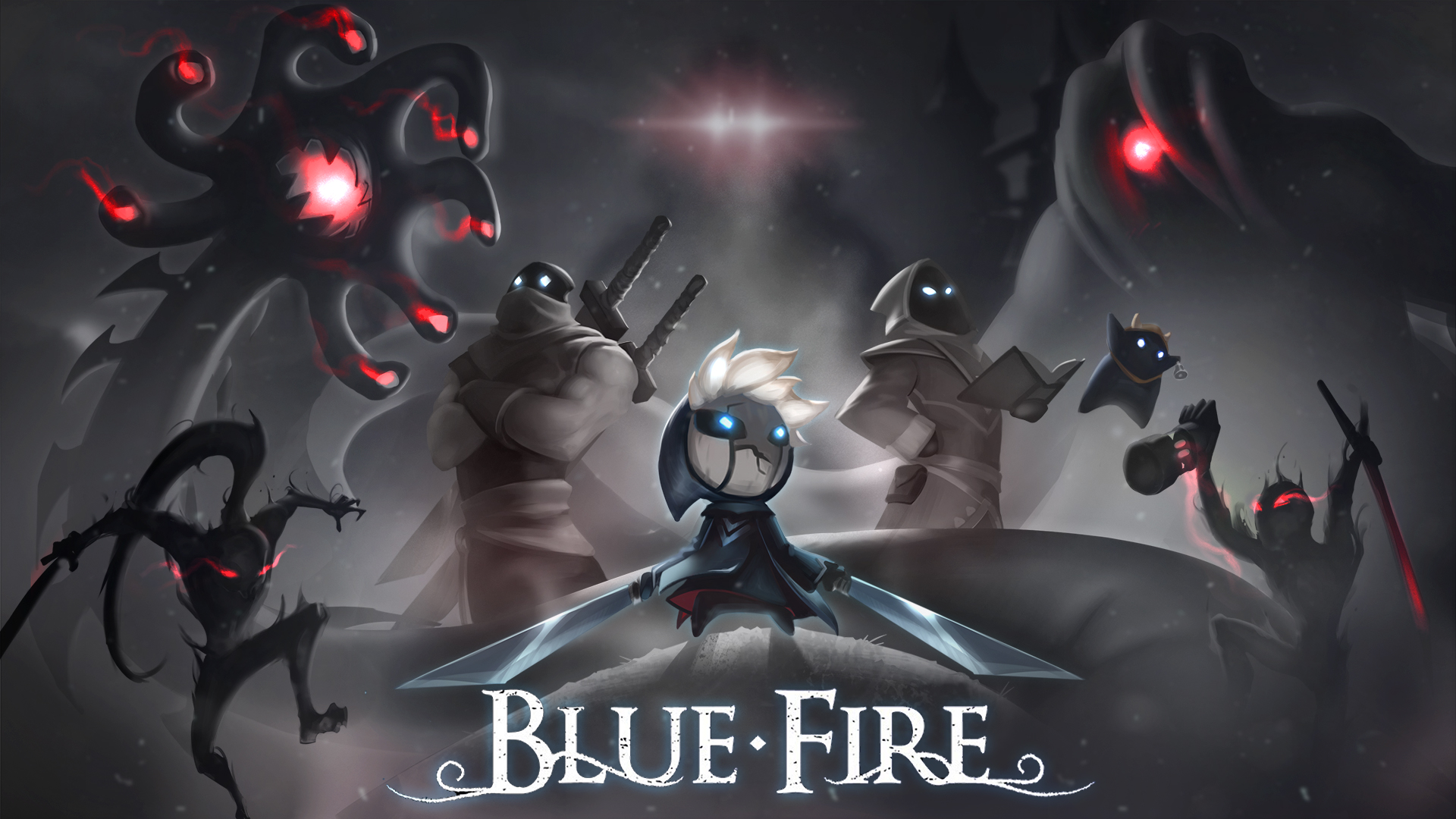My laptop broke recently, which came as quite a blow to me. It suddenly dawned on me how much I rely on it. From writing to gaming to chatting with friends, it often feels like my whole life is on there. So when it was suddenly sent off for repairs, I was rendered a little useless. I tried relaxing, but I couldn’t seem to. I had to write about something, anything. So, after wiping away the dust from my abandoned Switch, I headed straight for the eShop. Without a shadow of a doubt, Blue Fire caught my interest. The unique art style, captivating gameplay and general moody atmosphere intrigued me. Unfortunately, while Blue Fire never dipped below my expectations, it failed to raise them, leaving me a little disappointed.
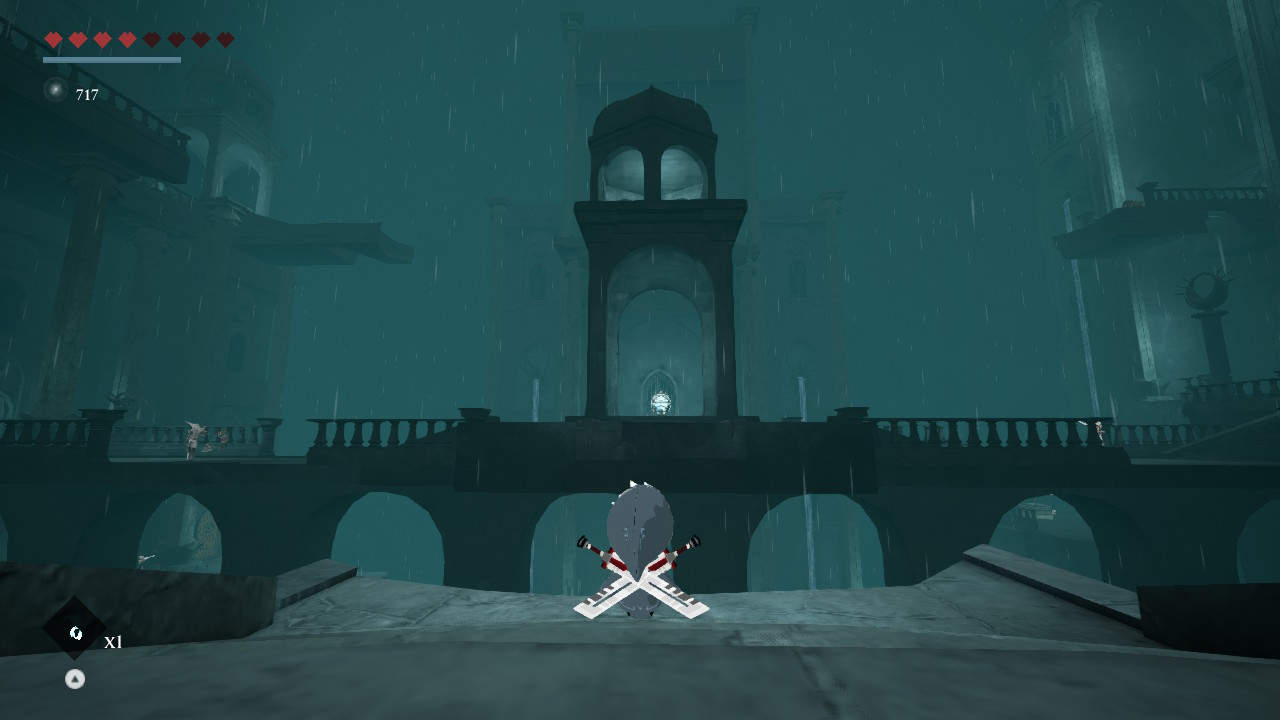
“Each interconnected location is brought to life through fantastic visuals…”
Blue Fire is a platformer, and as such, it works because its platforming mechanics are perfectly executed. A slight drift upon landing, platforms too narrow, jumps appearing too large. All of these things could be detrimental to the overall platforming experience. Blue Fire had to have navigated these potential pitfalls to perfectly perform precise platforming parts. Most of the time, it succeeds.
Platforming in Blue Fire can be really enjoyable. Each corresponding location is brought to life through fantastic visuals designed to allow for accurate and fluid platforming. Jumping from platform to platform is easy to pick up, although very difficult to master. For the first few hours of the game, Blue Fire restricts you to jumping and dashing or combining the two. As you progress through each dungeon (or temple), you’ll unlock different manoeuvrability mechanics, such as wall running or double jumping. Fortunately, Blue Fire is smart enough to hand out these abilities in elongated intervals. So, by the time you acquire one, you’ll have already mastered the previous one.
“While Blue Fire often succeeds in both of its core gameplay mechanics, it is designed so that eventually, these fall flat.”
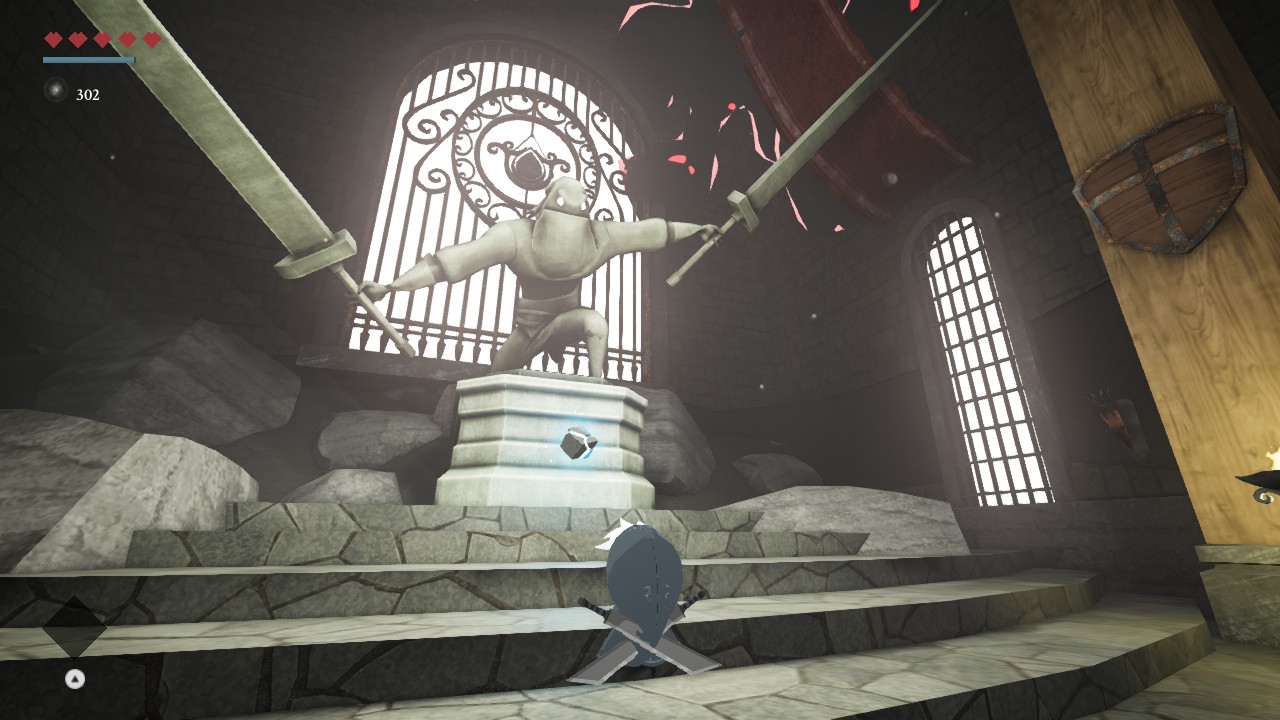
Combat in Blue Fire is limited but enjoyable. It’s enemy types are recycled and reskinned in each location, utilising similar abilities to one another. However, combat never feels stale, likely since it’s rare amongst all the platforming segments. You can strike an opponent with your dual blades, dash or jump to dodge, and activate a shield to parry your opponent. As your health only recovers should you use a fire essence (think estus flask), and these are in limited supply, combat can be quite tense, especially when the game throws larger groups of enemies at you.
Unfortunately, while Blue Fire often succeeds in both of its core gameplay mechanics, it is designed so that eventually, these fall flat. For example, while the combat is predominantly functional at the very least, I often felt as if the game was unable to strike a balance between platforming and combat. Blue Fire clearly has maps and levels designed around platforming, but whenever a combat engagement begins, the space you have to fight is often very narrow or small. I found myself flinging my little guy off platforms to dodge attacks and would thus land in the insta-kill water below. Furthermore, my character would often be trapped in corners or edges of platforms with nowhere to go due to the size of combat arenas. I’d try and dodge, but it was often futile, and the enemy would hit me regardless.
“Puzzles feel like trial and error affairs, and less as if I had completed them on my own initiative.”
Platforming suffers a similar fate to Blue Fire‘s combat. It is initially executed brilliantly, but as the game progresses, it diminishes in quality. Some stages have puzzle platforming or timed trials, which are frequently too obtuse or poorly indicated. It would often be the case that I’d be attempting a timed trial, but as I had no idea where the next platform was, I’d leap into the distance, hoping it was the right way. This happened numerous times, and I would always find myself in that perilous water. Puzzles feel like trial and error affairs, and less as if I had completed them on my own initiative.
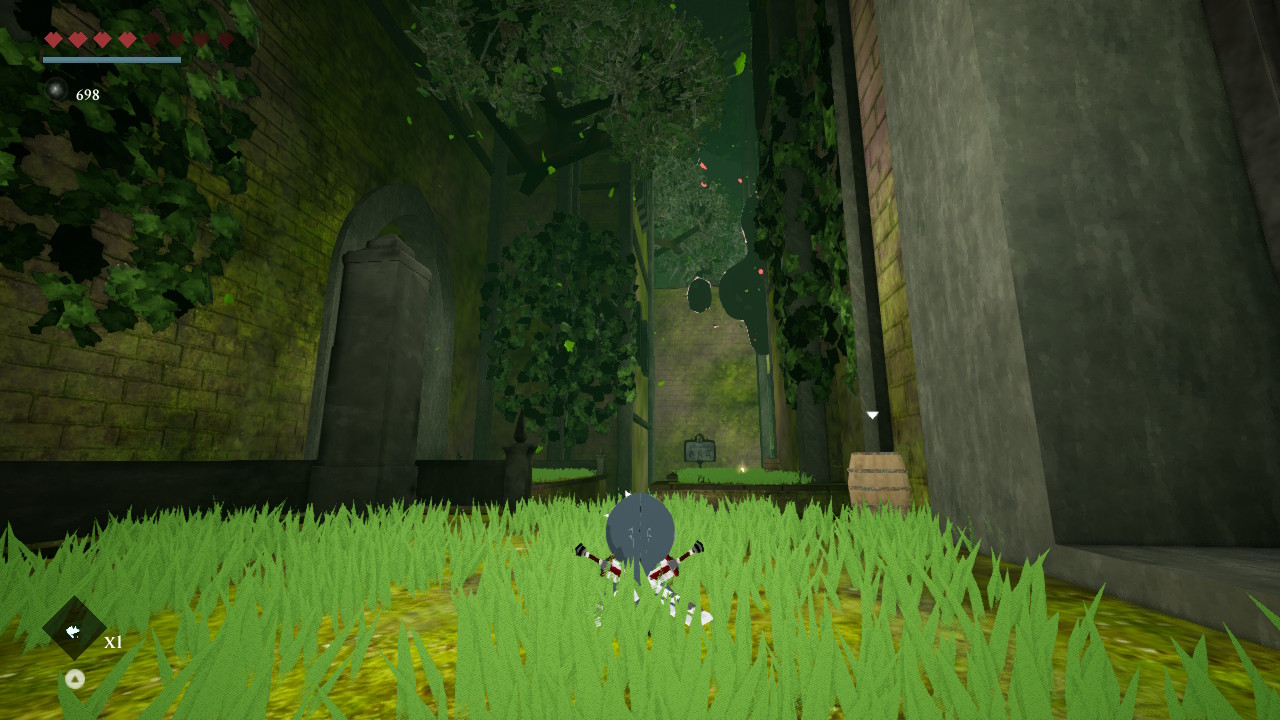
Moreover, that treacherous watery grave I always found myself disappearing in, ended up being a counterintuitive mechanic that was incredibly detrimental to my overall experience. The premise behind it is that instead of leaping off and landing on a platform below, forcing the player to backtrack to the initial platform, falling in the water would kill the player and respawn them back on the platform they leapt from. It’s essentially a time saver. However, in Blue Fire, this is not the case. Falling into the water does respawn the player, but considerably further from the missed platform. As a result, you both lose a heart and have to backtrack. This became a tedious and infuriating problem that persisted throughout my playthrough.
“The dark orchestral soundscape, paired with a powerful female euphonious voice create a wonderfully epically bleak tone.”
When Blue Fire works, however, it is entertaining. This is best demonstrated during the Void segments. Voids in Blue Fire are the equivalent of Breath of the Wild’s Shrines. They’re scattered around the world and are entirely optional. Completing one earns you extra hearts. So should you want Blue Fire to be a challenge, outside of its inconsistent platforming, then avoiding these is preferable. Voids are platforming trials, each one often utilising a new mechanic learned by the player. They can, in theory, be done in any order. However, most of them require a specific skill to complete them, so it’s advisable to return to them once you’ve obtained it. They’re perfectly designed platforming hellscapes; tough, rigidly precise, and visually bleak, but incredibly addictive and fun.
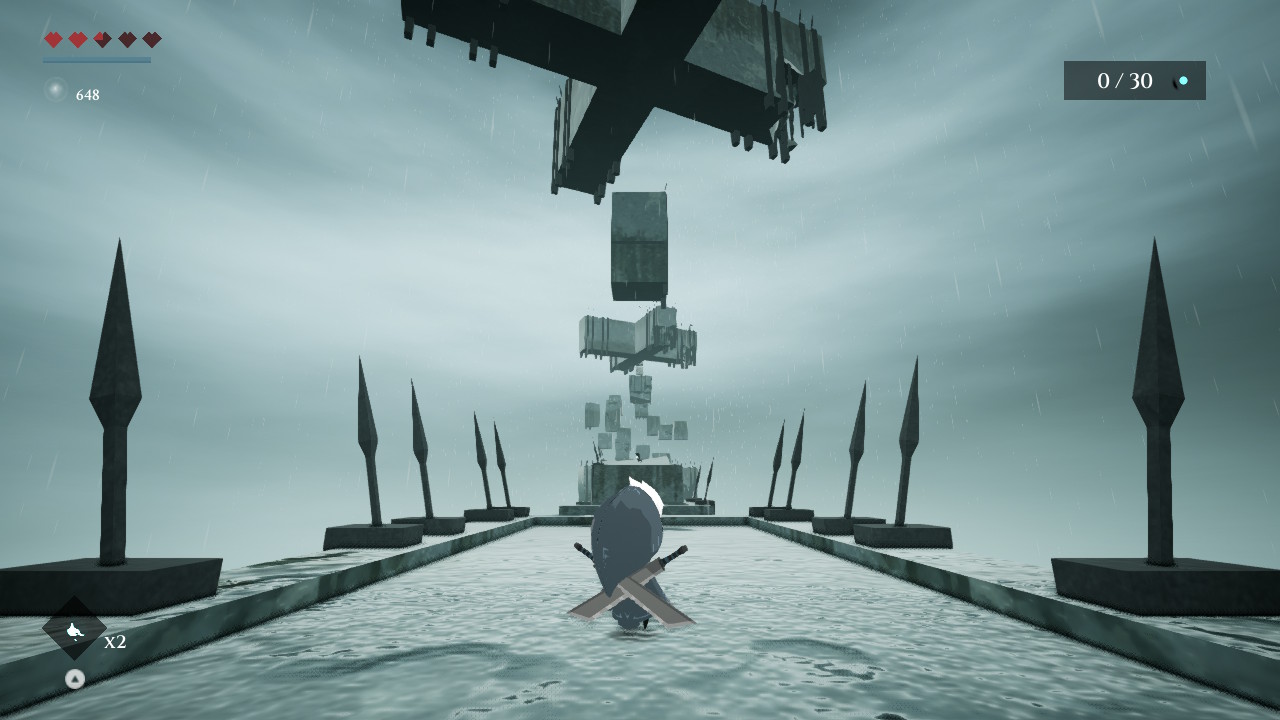
As previously mentioned, Blue Fire looks incredible. Each location is visually distinct, portraying the game’s wonderfully mysterious atmosphere. While logistically, a town made entirely of platforms miles apart makes little sense, it’s a sight to behold. There’s also a spectacular soundtrack to accompany the stunning visuals. The dark orchestral soundscape, paired with a powerful female euphonious voice, create a wonderfully epically bleak tone. It permeates throughout the entire game and plays during the optimum moments, as opposed to being overused.
*Disclaimer: Reviewed on Nintendo Switch, code was provided by the Publisher.


